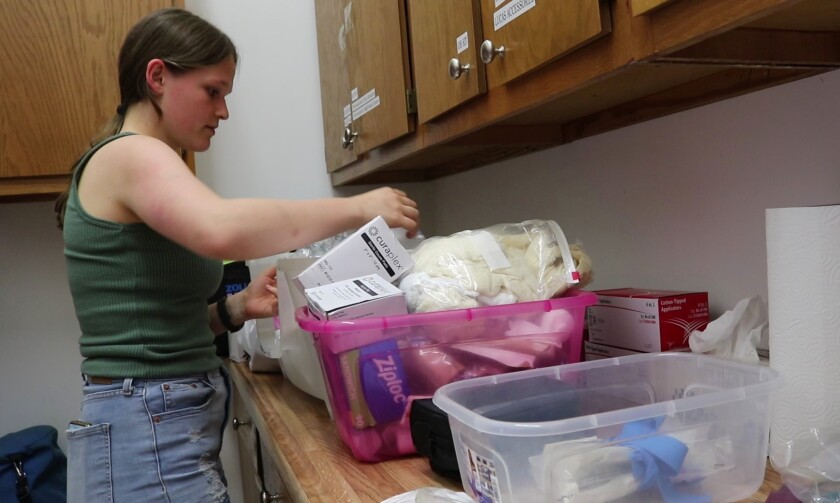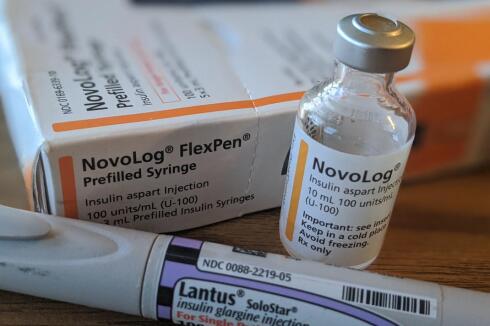DODGE CENTER, Minn. — Despite attention given by Minnesota lawmakers, rural emergency medical services departments are still under immense pressure, explained the president of the Minnesota Ambulance Association.
"In the last couple of legislative sessions, we've seen a lot of attention given (to EMS), and we see a lot more understanding about the issues with workforce and funding that we're facing," said Michael Juntunen, president of the Minnesota Ambulance Association, at a rural EMS roundtable event held in Dodge Center on Nov. 20.
ADVERTISEMENT
A $30 million funding package passed by the Minnesota Legislature this year was the result of that attention, Juntunen said, but more will be needed to ensure a safer future for residents who rely on emergency services.
"We're seeing them having to rely on their neighbors to start covering service areas during certain hours of the day, or some services are alternating and saying 'hey, I'll cover you on Monday, if you cover me on Tuesday' because they're having too much difficulty trying to get staffing," Juntunen said of EMS departments. "The demand on the industry is getting higher, and so if we don't start implementing solutions now, we're not going to have the resources available to address patient needs when they have them."
Discussions during the roundtable included the issue of Medicaid and Medicare reimbursement, which often don't cover the cost of EMS assistance, especially in rural areas. Panelists suggested using county models for reimbursement, based off critical access hospitals and by using taxing districts.
"There's a lot of options that are out there that are based off of other models that are working in the state, but we need (a legislator) to kind of pick one and move forward with it, because we have to find a solution now," he said. "We can't continue to wait, when even a solution now is going to take years to really come to fruition. We need to start moving."
Lack of workforce
Juntunen said the biggest issues facing rural EMS departments are workforce and funding.
"We're seeing this lack of volunteerism, difficulty recruiting and retaining people into EMS, along with the burnout that we're experiencing because the call volumes and type of calls that we're experiencing," he said.

Along with volunteers, directors of rural EMS departments are often overwhelmed with the responsibilities of the job, and many of them are having to work full-time jobs outside of the work they do in EMS, Junttunen said. He pointed out during the roundtable that many of the area EMS directors weren't in attendance because they were busy working their day jobs.
ADVERTISEMENT
"In the rural setting, it's getting harder as these EMS services are struggling more. Years ago, we used to not have as much issue getting people into the industry and being able to help participate and provide care, but as that stress grows, the stress on the leaders to help both cover and then find solutions grows, and so it makes it really hard," he said. "If we could find better ways for the state to provide assistance for maybe regional managers or something, and some way to get somebody more dedicated time to be able to look at potential solutions and address the issues, that would really go a long ways, because it is really hard today to do that."













